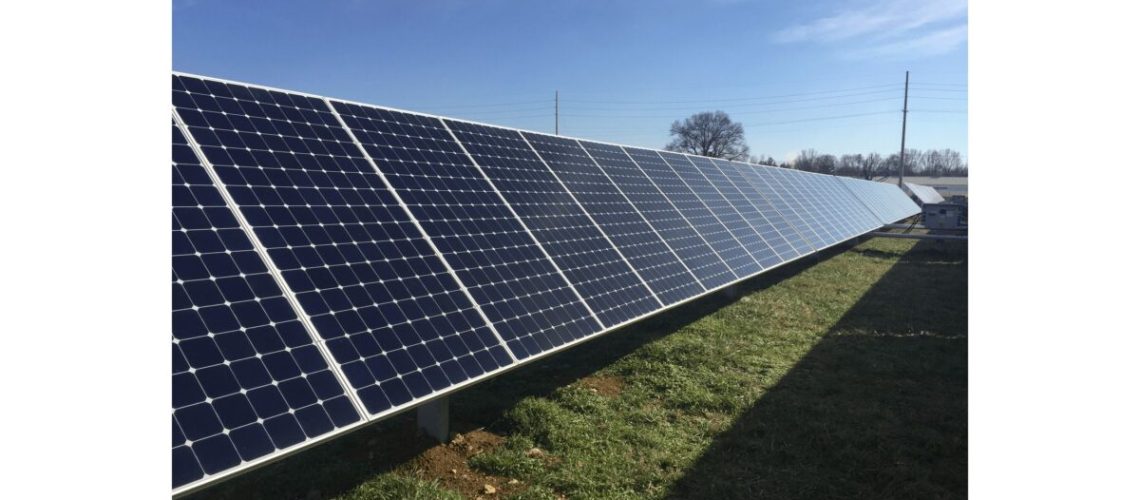Holcim plans to install solar on a 100-acre field site on the Alpena, Michigan property, which produces 2.4 million metric tons of cement per year, including the OneCem brand cement.
Producing a ton of cement requires 4.7 million british thermal units (BTU) of energy, equivalent to about 400 pounds of coal, generating nearly one ton of carbon emissions, according to Columbia University.
More than 90% of emissions from cement production are from the kiln where limestone and silica (shale and sand) are heated to create the material called “clinker” necessary in making cement. Of those emissions, 60% comes from “process emissions,” or the chemical decomposition of limestone in kiln. The other 30% comes from the combustion of fossil fuels to reach the high temperatures required to continually make cement, according to the Department of Energy.
Today global industrial companies are taking a more sustainable approach to cement production to stamp out the use of fossil fuel energy. Holcim US, the North American division of Swiss-French industrial conglomerate Holcim AG, announced the addition of a 25 MW ground-mounted solar array to be installed this year at a cement plant in the upper peninsula township of Alpena, Michigan.
Holcim plans to install solar on a 100-acre field site on the Alpena property, which produces 2.4 million metric tons of cement per year, including the OneCem brand cement, a low-carbon cement which cuts 10% emissions per year, as well as Types I through III, Masonry Type N and Type S cements.
Combined with existing projects, the Alpena solar facility will help the site self-generate 75% of its power needs with clean energy—an important step toward fulfilling Holcim’s pledge to power all of its U.S. operations with 100% renewable energy by 2030.
Holcim retained NorthStar Clean Energy, a subsidiary of utility business CMS Energy, otherwise known as Consumers Energy, to install the 25 MW solar array. The project will use fixed-tilt bifacial solar panels that generate power on both the front and back sides of the module.
The solar project will reduce the cement plant’s CO2 emissions by 25,000 tons annually. Holcim is expected to receive about 35,000 MWh of clean power from the project per year under a Solar Equipment Service Contract, under a 20-year contract.
Commercial operation of the Alpena solar facility is slated to begin in December 2024.
Renewable energy plays a key role in Holcim’s decarbonization efforts across its building products operations. In late 2022, the company entered into its first virtual power purchase agreement (VPPA) with the Electric Reliability Council of Texas (ERCOT).
The industrials company has expanded its renewable portfolio to include a co-located 33 MW solar array with a 40 MWh battery storage system in Colorado, 4.5 MW of wind generation from three wind turbines in Paulding, Ohio, as well as an additional 20 MW from in Hagerstown, Maryland and Arkansas. Last week, the company announced its participation in the New York Value of Distributed Energy Resources (VDER) program.
The company says it is evaluating on-site renewable energy at 11 manufacturing sites out of 350 sites in 43 states with 7,000 employees.
The Alpena solar facility follows a recent opening of a Holcim tire-derived fuel (TDF) facility at the plant. Holcim launched the $7.4 million initiative to recycle 22,000 tons of tires per year into energy to help fuel the plant without the use of fossil fuels, while diverting tires from landfills.
Holcim AG is a $40.5 billion market capitalization producer of concrete, cement, aggregates, roofing and insulation building products in 70 countries.



